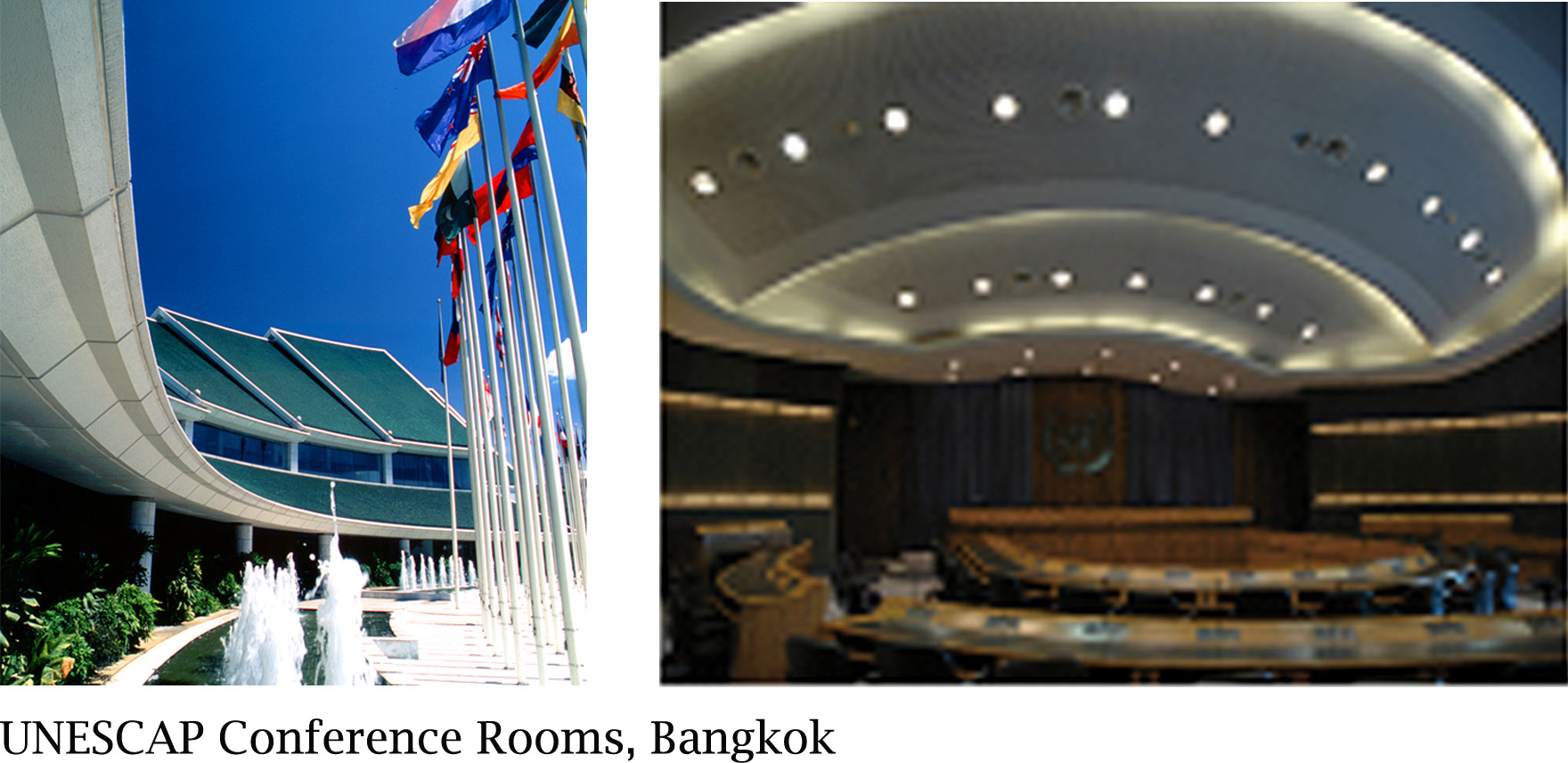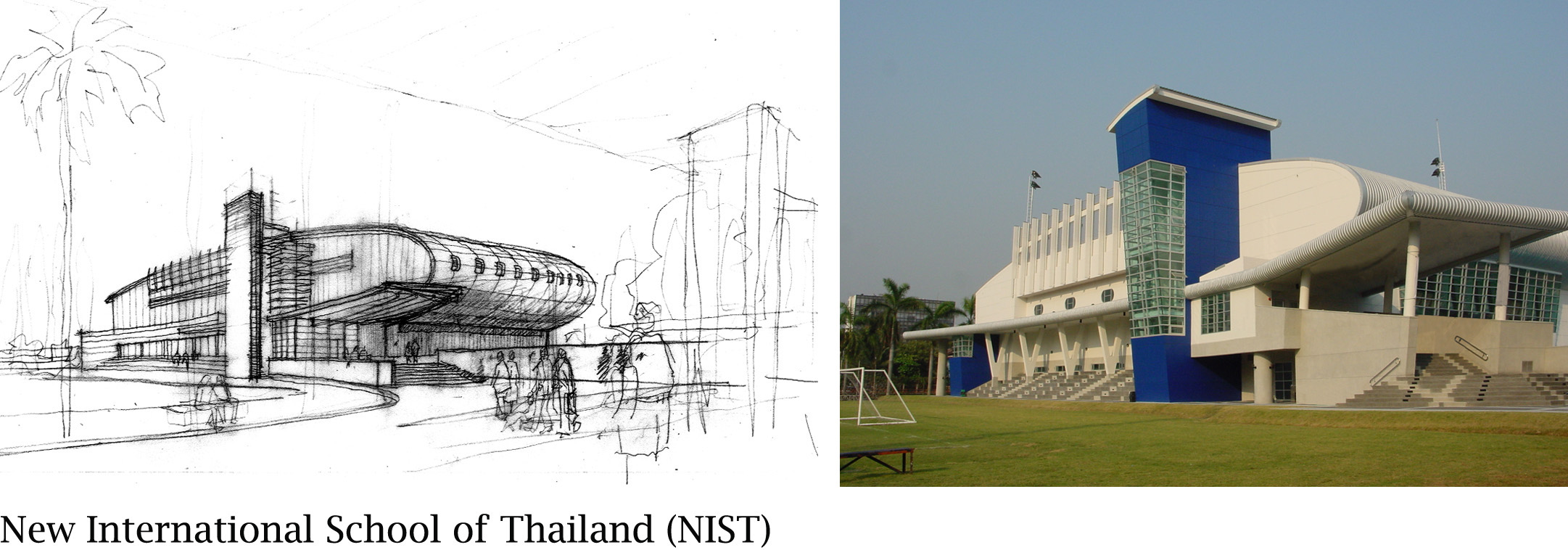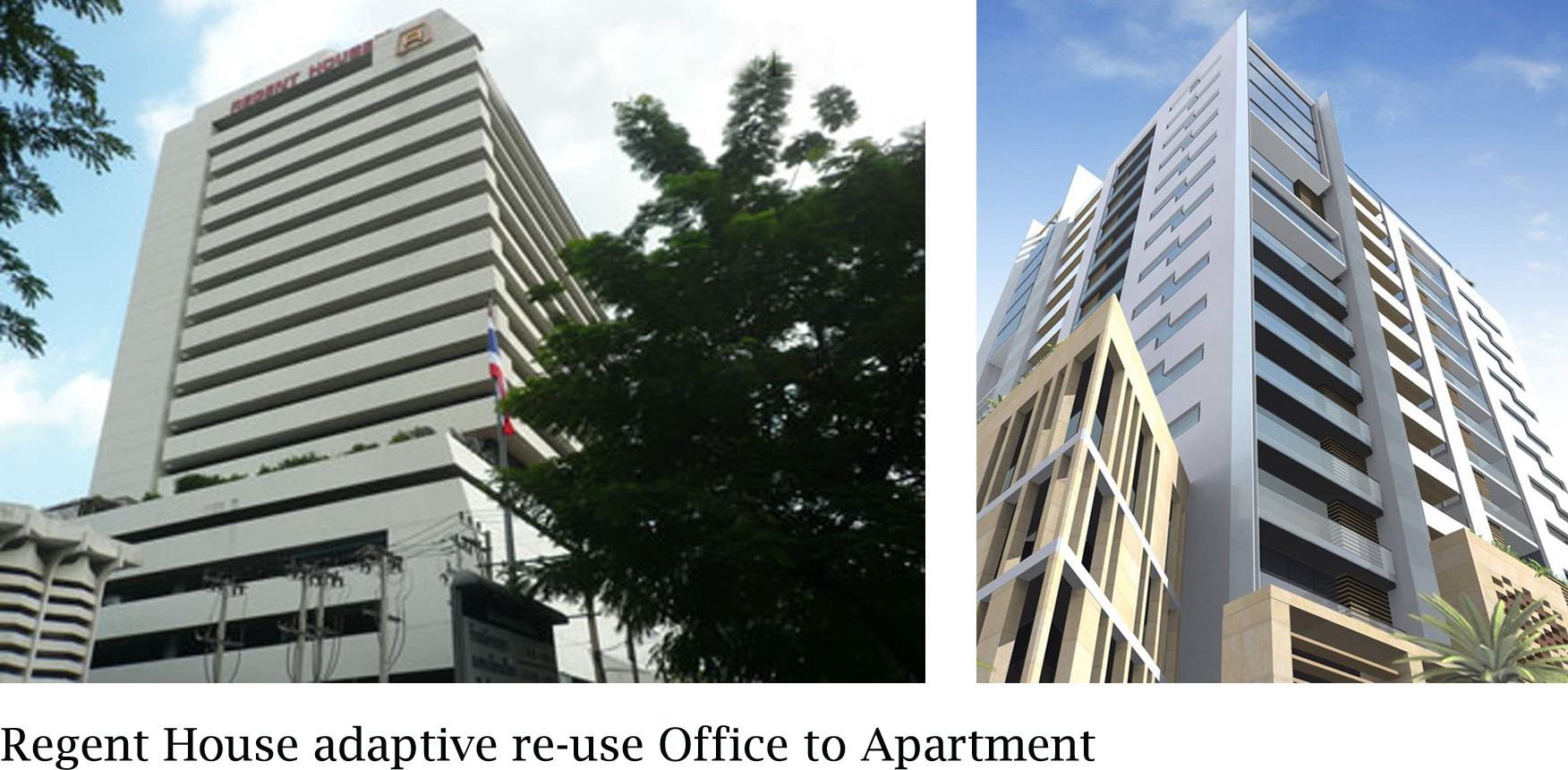The Science of Renovating Occupied Buildings
- Dr. Chafia Ferhat
- November 26, 2012
- Sustainability
- Adaptive change of use Renovations, Aging Buidings, architecture, Cyclical Renovations, Design, Design and Technical Skills, Dr. Chafia Ferhat, Face-Change, FENN DESIGNERS, Masterplanning, Modernization Projects, Old Structures, Renovations, Roof Replacements, Systemic, Ventilation
- 0 Comments
It is usually assumed that designers have an easier job renovating a building than designing a new one. Through so many years of doing both new projects as well as renovating others, there is nothing further from the truth.
In building renovation we deal with;
Aging buildings
Programmes that will protect buildings from deterioration, improve safety for occupants, and enhance the end users convenience.
Systemic/cyclical Renovations
Programmes that replace building systems, such as Heating, Ventilation, and Air-conditioning systems and Roof Replacements to maintain high quality facilities
Modernization Projects Modernization projects which include the replacement of multiple buildings and total renovation of existing ones to address the need of moving trends.
Adaptive/ change of use renovations
Building that typically no longer serve the purpose they were built for and are in need of a complete face-change
Over the years we have developed a methodology to handle the different types of renovations which has enable us to deliver successful projects .
The methodology can be summarized in 4 phases that are essential during the design stage:
The most difficult and fundamental phase is information and data gathering. Usually a task that require very little creative work becomes the foundation on which all the future tasks are based. In over twenty years and working with various organizations we can positively confirm that the majority of existing as built drawings of buildings are out of date.
This poses an immediate problem since we can’t really start the design of “what could be” if we don’t know “what it is now”.
The debate start then about new surveys for which no budget has been assigned, or time has been allocated in the project programme!
After passing this hurdle, the new phase consists of ensuring you have got all stakeholders views and vision about this development. Depending on the nature of the business, you have to deal with top co, finance, operation, marketing, and management people. The views are not always on the same frequencies.
We undertake series of workshops and presentations to assess the different
possibilities to settle the most contradictory views and achieve convergence of opinions.
Having reached the point of were we are and where we want to be and with the majority of the stakeholders on board, we then start the next most exciting phase of the project, Design!!
The desire to breathe new life into an old structure is very thrilling. We work with so many constraints compared to a new building. The challenge is overcoming these constraints and at the same time creating a design that makes a statement in its built environment and is responsive to the needs of its users.
The last phase of the design stage journey culminate in agreeing an implementation and phasing programme that satisfy all stakeholders.
The complication of renovating occupied buildings is a science in its own right. It requires a designer with excellent design & technical skills complemented by lateral thinking and diplomatic skills.
Construction then brings in a whole new ball game; here are few battles that need to be won;
The impacts on all occupants of the building,
The loss of income due to closure of parts of the building,
Management of visual and aesthetics impacts from construction,
Anticipation of all environmental, health and safety aspects,
Impacts on adjacent areas and properties not being renovated
The logistics of managing construction on a built site with no free space
The list is very long, however careful planning from designers, contractors and operators is essential. Pragmatism and accepting the inevitable inconvenience of construction is vital to the success of the project and again there is no gain without pain!
Related Posts
- Lydia Tiasiri
- May 30, 2013
Put it back!
So going back to the initial concept of reuse, reduce, and recycle! We need to look at the aspe ..
- Dr. Chafia Ferhat
- August 23, 2023
The Lost Heritage, Kolkata
I wrote recently about the lost heritage in Bangkok and what I thought were the reaso ..


